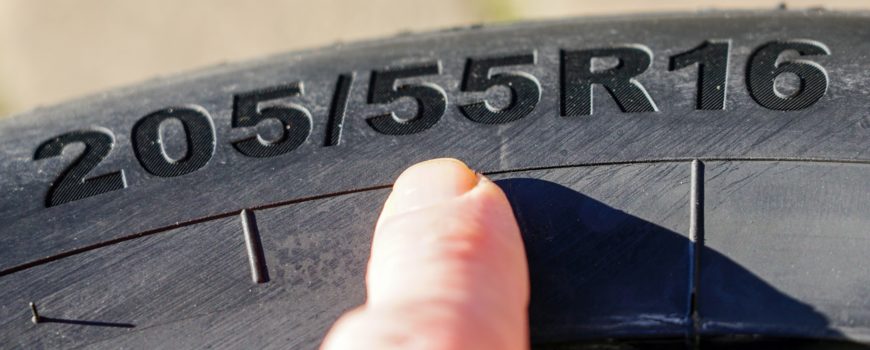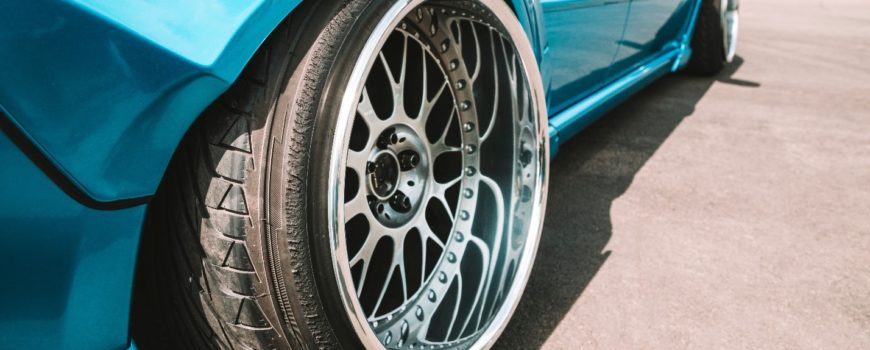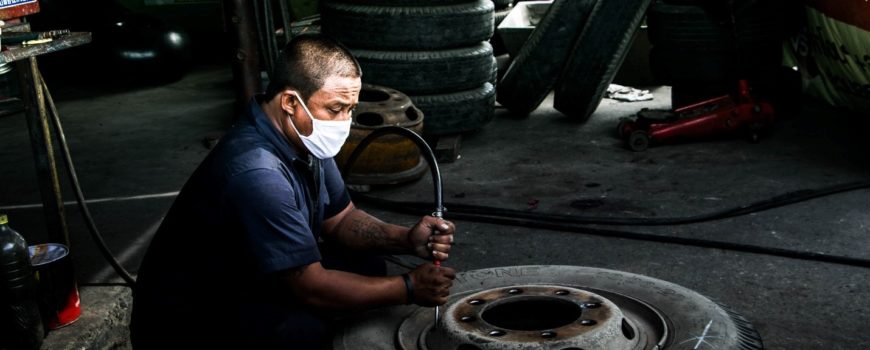If you’re thinking of buying a car franchise (that is, some franchise related to cars), we have some advice. And before we offer our advice, we’ll address the elephant in the room. No need to be cagey. We think buying a Tread Connection franchise is a smart strategy. That is, if you’re thinking of buying a franchise — and you want your franchise to involve helping motorists.
If you’re looking for a car franchise, we hope you’ll contact Tread Connection to discuss franchising opportunities.
Cars are getting more sophisticated.
We don’t need to tell you that, but what this means for you is that if you’re thinking of buying a car-related franchise that fixes cars, that’s getting harder and harder to do. As cars end up having more sophisticated technology, many independent garages — and even national chains — are finding that they don’t have access to mechanical and electronic repair data that they need to do work on customers’ cars.
In other words, more and more, when a motorist wants to do something more complicated than an oil change or getting their tires put on, they’re going to the dealer. That may be a future problem for some car-related franchises that focus on engine repair.
Now, that may change eventually, and we hope it does. Voters in Massachusetts recently passed a measure forcing automakers to offer better access to the data that independent garages need. Still, that’s the nice thing about the tire business. Tread Connection (and, yes, other tire franchises) can stay out of the dealers versus car mechanics fight.
Cars are getting heavier.
Consumer desire for more space, luxury, and power from their vehicles have grown the literal size of vehicles, making them larger and heavier, and with heavier cars come larger tires that need to be replaced more often. While the sophistication of cars is changing the approach of many mechanics, cars’ external needs continue to be high demand, be it decaling, tire and wheel maintenance, or even detailing.
Car repair is almost recession- and pandemic-proof.
Obviously, when the economy is hammered and thrown into the blender, the way it has been in 2020, every business is hurt. Well, if you make masks and hand sanitizer, currently, you’re sitting pretty. But essentially, yes, every business is going to be banged up.
But people can’t put off getting tires forever, and they don’t and won’t, and market trends back that up. According to Allied Market Research, the global automotive tire market was valued at $112 billion in 2019 and is projected to hit $154.40 billion by 2027. In other words, the tire industry is an essential business. Where some franchises have been extremely damaged by the pandemic — think of escape room franchises or entertainment center franchises — people are still buying tires. It’s a need versus a want (or a “might be nice to have”).
Work with a business you feel good about.
That may be the most important thing. We think you’ll find a lot to like about Tread Connection. It’s a company that marries services and convenience, two features that our competitors often ignore. (Think about all the times you’ve had to take your car to a garage and wait in a waiting room for repairs, or worse, have a family member or friend with another car take you home, so you can come to the garage the next day to pick up your car, and to do so, you’ll need a ride.)
People want convenience. We think that’s a trend that’s not going to go away. Tread Connection, of course, comes to the customer to install tires. Meanwhile, the lack of a brick and mortar location makes it a far more cost-effective business for our franchisees.
So if you’re thinking of buying a car-related franchise, Tread Connection might be the best place to start.





